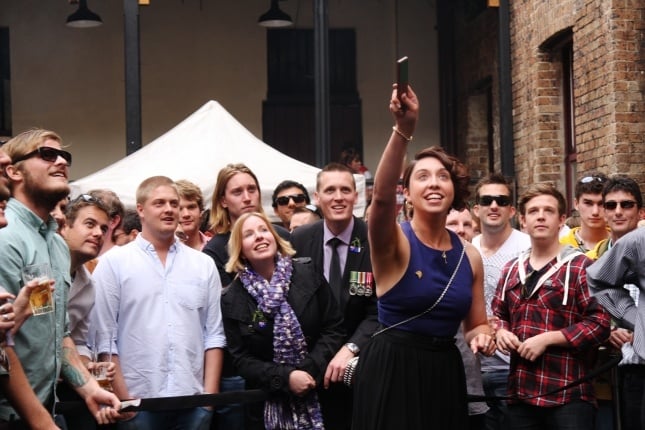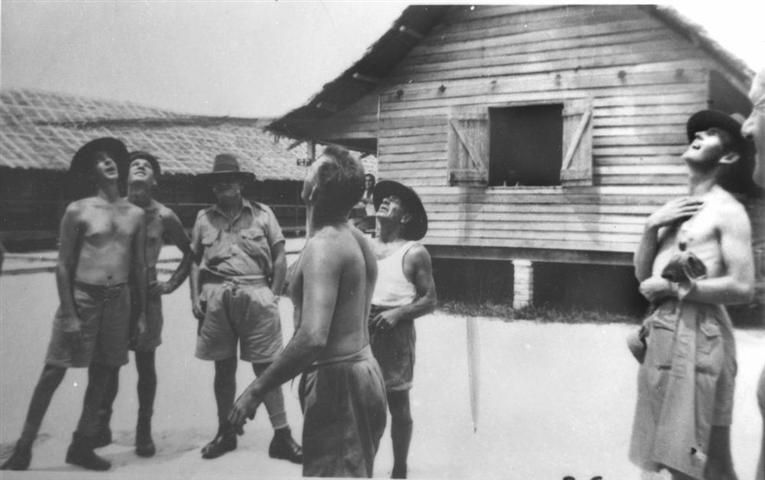Anzac Day and the Rise of 2 Up: Australia’s Infamous Coin Toss Game
Every year, on April 25th, Australians unite to commemorate Anzac Day-a national day of remembrance for those who served in wars, conflicts, and peacekeeping operations. On this day, a uniquely Australian tradition re-emerges in pubs and bars across the country: the game of 2 Up. Though it remains illegal for most of the year, 2 Up becomes fully legal to play on Anzac Day, making it the centerpiece of celebrations and gatherings throughout Australia.
Understanding the Simplicity of 2 Up
2 Up is a game that thrives on straightforward rules and fast-paced excitement. It’s centered around a "spinner," a player appointed to launch two coins into the air using a flat wooden paddle known as a "kip." Spectators and bettors-often known as "punters"-wager on how the coins will land:
- Both heads showing (known as “obverse”)
- Both tails showing (“reverse”)
- One heads and one tails (“odds”)
 Image Credit: sydney.com
Image Credit: sydney.comThe classic equipment for 2 Up involves specially selected old pennies. Their size, heft, and slightly irregular surfaces make them ideal for fair, unpredictable spins-modern coins, being lighter and smoother, lack the necessary qualities for authentic game dynamics.
Tracing the Game’s Origins: From “Pitch and Toss” to Australian Culture
2 Up’s history is as diverse as Australia’s heritage. Although specifics are debated, the game likely descended from “pitch and toss,” a British gambling pastime played with a single coin. This evolved into the two-coin version during the 18th century, gaining traction among working-class communities in England and Ireland. The game journeyed to Australia with European migration and quickly became entrenched among convicts and settlers, most of whom were from modest social backgrounds.
 Image Credit: blogs.slq.qld.gov.au
Image Credit: blogs.slq.qld.gov.auBy the late 18th century, records describe widespread 2 Up gambling in New South Wales. The gold rush era of the 19th century amplified its popularity, embedding 2 Up in the heart of Australian culture. During World War I, Australian soldiers (affectionately called “diggers”) kept the tradition alive in the trenches and upon returning home. This strong association with service personnel directly led to its legal status each Anzac Day-a gesture honoring its significance to diggers past and present.
Culture, Controversy, and the Changing Face of Australian Gambling
The 20th century saw 2 Up’s footprint expand even further, with underground gambling rooms known as “2 Up schools” cropping up in many cities. These illicit gatherings attracted legions of players but inevitably drew attention from police. Historic news reports document sting operations and police surveillance aimed at shutting down these dens, reflecting both the game’s allure and challenges.
Despite its grassroots appeal, the spread of more sophisticated casino games like poker and baccarat started to overshadow 2 Up by the 1950s. Combined with persistent illegality outside Anzac Day, casual interest waned.
 Image Credit: crownperth.com
Image Credit: crownperth.comA pivotal moment arrived in 1973 when a sanctioned version of 2 Up debuted at a Hobart casino. Today, players who want to experience the thrill of 2 Up outside Anzac Day can find the game at only a few venues, most notably Crown Perth and Crown Melbourne. Additionally, “2 Up schools” have become a regional tourist draw in parts of the Australian Outback, introducing new generations and travelers to this classic game of chance.
The Risks and Rewards: Luck, Streaks, and Strategy in 2 Up
 Image Credit: radioaustralia.net.au
Image Credit: radioaustralia.net.auAs with most games rooted in luck, 2 Up is known for both windfalls and wipeouts. Betting experts occasionally offer systems, such as “doubling up” bets after each loss to chase an eventual win. However, as pointed out by gaming strategist Mike Steward, such strategies are flawed-if a player hits an extended losing streak, losses can quickly become astronomical.
For example, Steward describes a player incurring losses totaling A$69,000 after losing 16 consecutive coin tosses. Since 2 Up has no house edge and only three possible outcomes, both massive losses and incredible wins remain possible. The simplicity of the game levels the playing field: everyone at the table faces the same odds.
Despite the inherent risk, the recent resurgence of 2 Up means there’s never been a better time to experience this historical pastime. Anzac Day each year offers the rare opportunity to embrace an iconic Australian tradition-where fortune, camaraderie, and national history collide in a simple but thrilling game of spinning coins.













